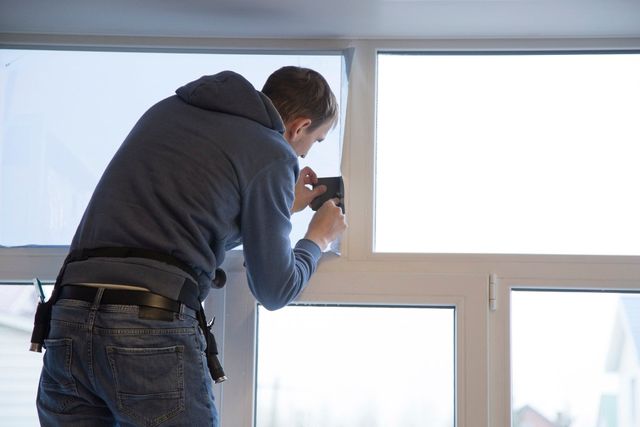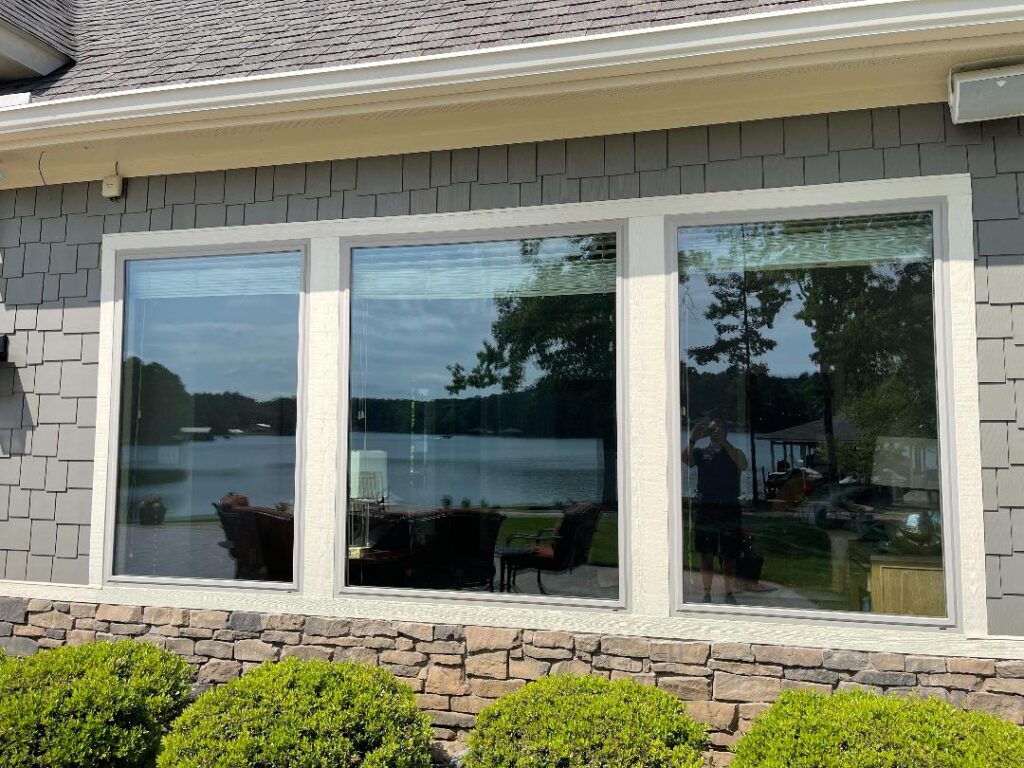Just How Residential Home Window Tinting Boosts Your Home's Power Performance
Residential window tinting presents an engaging solution for property owners looking for to enhance energy performance within their living areas. By using specialized movies to home windows, it efficiently lowers warm transfer, therefore supporting interior temperatures and reducing the need for excessive home heating or cooling. This not just curtails energy intake but additionally offers a much more comfy environment by reducing glare. Nevertheless, recognizing the nuances of exactly how tinting jobs and choosing the appropriate kind for your home can be pivotal. Strangely enough, what elements should one take into consideration prior to making this investment?
Comprehending Home Window Tinting
Recognizing home window tinting is necessary for homeowners looking for to boost both convenience and power effectiveness in their space. Residential Window Tint. Home window tinting entails the application of a slim movie to the interior or exterior surface area of glass windows. This movie can dramatically modulate the quantity of sunshine and warm that enters a home, hence affecting indoor climate conditions
There are various kinds of window tinting films readily available, each with distinct buildings. As an example, dyed movies soak up solar power, while reflective films deflect it away from the glass surface. Ceramic movies use a balance of visibility and heat being rejected, making them a popular selection amongst house owners. The effectiveness of window tinting is commonly measured by its Visible Light Transmission (VLT) percentage, which shows just how much light can go through the film.
Advantages of Energy Effectiveness
Home window tinting not just boosts aesthetic appeals however additionally plays a considerable function in enhancing power effectiveness within domestic rooms. By reducing warmth transfer via windows, colored films produce an extra steady interior climate, which can bring about significant decreases in power usage for heating & cooling. This power performance equates right into lower energy bills, supplying homeowners with considerable lasting cost savings.

Additionally, window tinting enhances the comfort of living spaces. By decreasing glow and blocking dangerous UV rays, colored home windows develop a more positive setting, which can cause improved health for owners. The defense against UV rays additionally assists preserve furnishings and flooring from fading, adding to the long life of home things.
Exactly How Tinting Functions
Tinting films run with a mix of sophisticated products and innovations developed to control the quantity of solar power entering a home. Largely made up of polyester, these films commonly include metal or ceramic particles that mirror and absorb warm. This twin capability enables them to significantly minimize the infiltration of ultraviolet (UV) rays and infrared radiation while permitting noticeable light to go through.
The performance of window tinting is gauged by its solar warmth gain coefficient (SHGC), which suggests just how much solar power is transferred with the home window. Lower SHGC values are better as they denote greater warm denial. Additionally, window tints can include a range of tones, enabling home owners to customize their aesthetic choices while improving power efficiency.
Additionally, these movies work as an obstacle, protecting against heat loss during chillier months by showing indoor heat back into the living room. This thermal insulation effect complements the cooling benefits acquired throughout warmer months, adding to a well balanced indoor climate year-round. By handling solar power effectively, property window tinting not only improves convenience but also plays a vital role in decreasing energy usage and reducing energy expenses.
Selecting the Right Tint

There are numerous kinds of window movies readily available, including dyed, metalized, and ceramic. Ceramic films supply exceptional warmth control without jeopardizing presence and are very resilient, making them a popular choice.
Visible light transmission (VLT) is an additional essential aspect, as it shows the amount of natural light that can travel through the tinted glass. House owners must pick a tint with a VLT that complements their lights choices while still providing adequate glow decrease.
In addition, analyzing the solar warmth gain coefficient (SHGC) can aid figure out exactly how well a tint can block warmth from sunshine. A reduced SHGC suggests better heat control, ultimately enhancing power performance.
Installment and Maintenance Tips
Appropriate installation and maintenance are essential components in maximizing the benefits of household window tinting. Experts also utilize specialized devices and techniques, which can enhance the longevity and effectiveness index of the tint.
Adhering to installation, maintenance is essential to lengthen the life of the window film. It is suggested to wait at the very least one month prior to cleansing the tinted windows to permit the glue to cure completely. When cleansing, use a soft fabric and a mild, ammonia-free cleaner to avoid harming the movie. Prevent abrasive materials that might scrape the surface area.
Addressing these concerns without delay can protect against additional damage and maintain power performance. By sticking to these installment and maintenance tips, homeowners can guarantee their window tinting proceeds to give substantial energy savings and convenience for years to come.
Final Thought
In final thought, domestic home window tinting serves as an efficient remedy for enhancing energy performance within homes. By decreasing warmth transfer and blocking dangerous UV rays, window films contribute to reduce power usage and improved indoor convenience.
Window tinting includes the application of a slim movie to the interior or exterior surface area of glass home windows. By decreasing warm transfer via home windows, colored films produce a much more see this site secure interior climate, which can lead to considerable reductions in energy intake for heating and cooling.The efficiency of window tinting is measured by its solar warmth gain coefficient (SHGC), which shows just how much solar energy navigate to this site is sent via the home window. By managing solar power effectively, domestic window tinting not only improves convenience but additionally plays an important role in minimizing power intake and lowering energy expenses.
By minimizing warmth transfer and blocking dangerous UV rays, home window movies contribute to decrease power intake and boosted interior convenience.